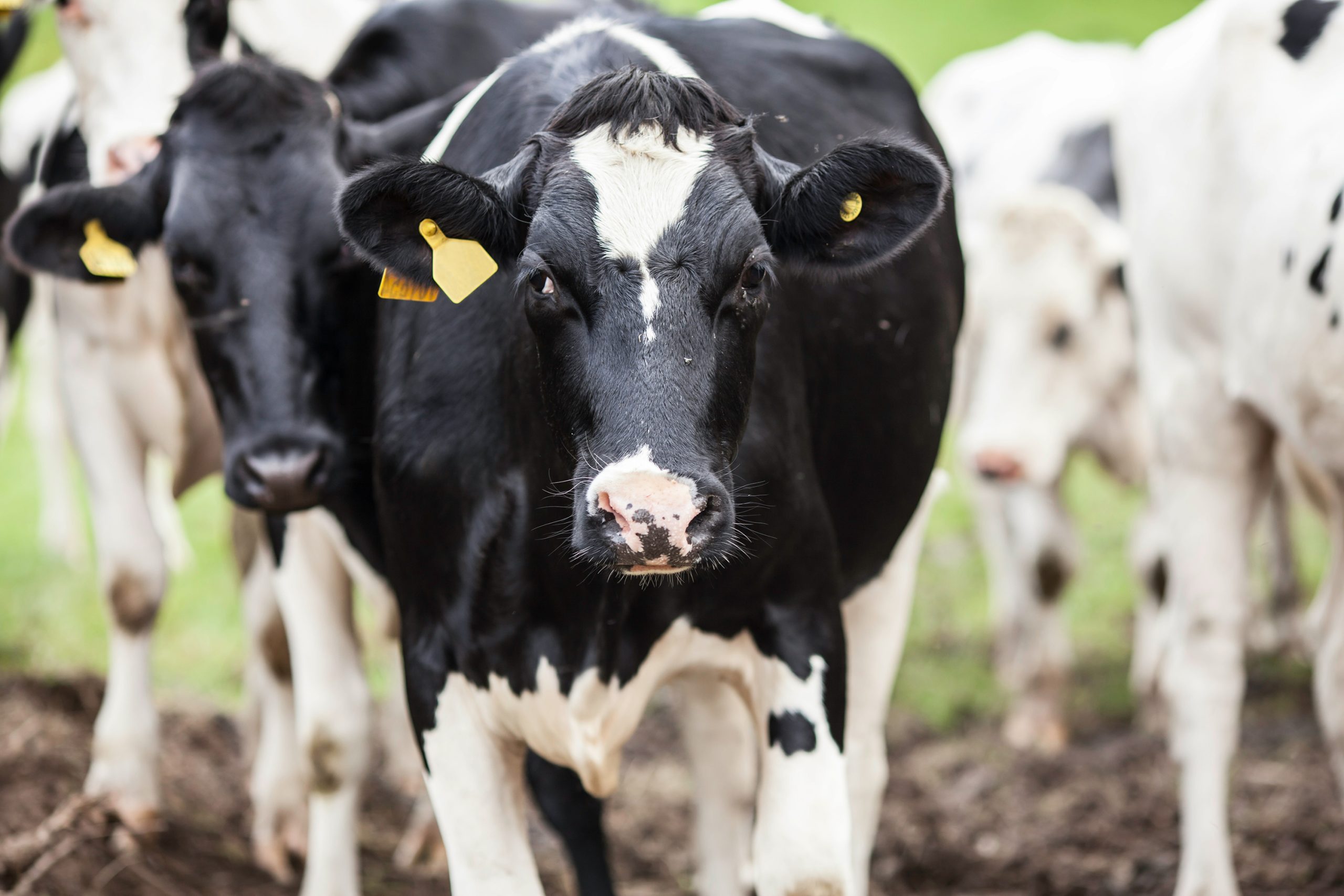Keep Your Animals Cool This Summer

Keep Your Animals Cool This Summer
Article and photos courtesy of Central Life Sciences
As the summer months approach, producers may begin to notice the impact of rising temperatures on their animals. These raised temperatures are responsible for causing heat stress in cattle. Heat stress can result in various health issues, such as decreased breeding efficiency, lower milk production, dehydration, heat exhaustion, compromised immune systems, and unhealthy weight gains. Keeping animals cool during hot weather is crucial to maintain their health and profitability.
Here are some tips to help you keep your livestock cool this summer:
1. Provide shade: During the summer months, providing proper shade is essential. This can be easily provided by allowing access to open buildings and pastures with trees. If your cattle are already housed in an enclosed barn or building, maximize airflow by ensuring all fans are working properly to move air throughout the building or open the sides of the building to provide access to pasture with shade or an outdoor pen. A rule of thumb is to provide 20-to-40 square feet of shade per head to mitigate overcrowding.
2. Provide plenty of water: Ensure that your livestock have access to plenty of clean water to keep them hydrated. The average dairy cow drinks up to 50 gallons of water daily, nearly doubling during hot summer. As their water intake naturally increases, it’s paramount for producers to provide additional water supplies to accommodate them. You can install automatic waterers or provide water through troughs. Ensure each water source is clean and contaminant-free, as any excrement in watering tanks will prevent your livestock from consuming it. Operators can keep their water cool by making sure all water lines are covered by grass in the fence rows.
3. Install misting systems/sprinklers: Misting systems can be installed in livestock housing areas to help cool the air and provide some relief to the animals. The misting system should be ventilated to avoid humidity build-up. Another potential solution could be using sprinklers, which can decrease animal body temperature and ground temperature. To maximize the cooling effect, sprinklers can be used either early in the morning or overnight to help them cool down before the day’s heat begins. It’s also essential to use sprinklers only in areas with good air circulation, as sprinklers can increase humidity and stress for cattle.
4. Use fans: Fans can be installed in livestock housing areas to promote air movement and reduce the temperature. Maximize airflow by ensuring all fans are working properly to move air throughout the building or open sides to provide access to pasture with shade or an outdoor pen.
5. Adjust feeding times: Feed your livestock during the cooler parts of the day to avoid feeding them during the hottest parts of the day. Cows don’t eat as much when they’re hot, so one easy way to maintain their diets during the summer heat is to adjust feeding times. The rule of thumb is to offer approximately 70 percent of their daily feed after peak daytime temperatures if you feed your cattle at least twice daily. This will also ensure the heat generated from feed digestion will occur during the cooler part of the day. It’s also encouraged to increase the number of times feed is pushed up to minimize sorting. Every bit of relief helps your cattle get through the hot months. Make sure to plan a feed schedule that accounts for the temperature, too.
6. Manage pests: Cattle already have enough to worry about during the scorching summer months. Make sure flies aren’t adding to their agitation. Flies bite, annoy, and cause pain to your herd. Reducing fly populations on farms increases cow comfort and drastically reduces the spread of disease pathogens. Implementing an integrated pest management (IPM) plan can ensure you seize control of these damaging pests, making the summers less stressful for your cattle.
7. Keep housing areas clean: Regularly clean livestock housing areas to remove manure and other waste materials that can produce heat and odor. Proper ventilation can also help remove heat and odors. Dry bedding will decrease fly gatherings by providing fewer damp conditions for them to gather and lay eggs. Proper bedding also ensures your cows remain well rested, making them more likely to stay on feed and maintain quality milk production. Inspect their bedding area for spills, decaying straw, and manure. Also, consider using sand for deep-bedded stalls, as it can conform to the cow’s body and reduce bacterial growth.
8. Keep your barn clean: One of the most critical steps in a successful IPM plan is maintenance. Give your barn a clean sweep regularly to provide a clean, comfortable, and fly-free living space for cows. Always keep a watchful eye out for any needed repairs and manage manure in a timely manner.
Signs of Heat Stress in Cattle1
Look out for the following signs of heat stress in your cattle during the hot summer months.
Stage 1: Elevated breathing rate, restlessness, spend increased time standing.
Stage 2: Elevated breathing rate, slight drooling, most animals are standing and restless.
Stage 3: Elevated breathing rate, excessive drooling or foaming, most animals are standing and restless, animals may group together.
Stage 4: Elevated breathing rate, open mouth breathing, possible drooling, most animals standing, animals may group together.
Stage 5: Elevated breathing with pushing from the flanks, open mouth breathing with tongue protruding, possible drooling, most animals standing and restless.
Stage 6: Open mouth breathing with tongue protruding, breathing is labored, and respiration rate may decrease. Cattle push from flanks while breathing, head down, not necessarily drooling. Individual animals may be isolated from the herd.
Use ClariFly® Larvicide to keep flies away
Proper fly control plays a pivotal role in cow comfort. While you might not be able to control the temperature, you can ensure your cows enjoy a cool, comfortable, and fly-free environment.
ClariFly® Larvicide is the ideal ally in your battle against flies. This feed additive prevents house flies, stable flies, face flies, and horn flies from developing in and emerging from cattle manure. Unlike conventional insecticides that attack the nervous system of insects through direct toxicity, ClariFly® Larvicide works by interrupting the flies’ life cycles, preventing flies from maturing. When mixed into livestock feed, ClariFly® Larvicide passes through the animal’s digestive system and into the manure.
Manage pests such as flies, mosquitoes, and other insects that can stress your livestock by utilizing traps, baits, and sprays from Starbar® products to minimize their impact.
For more information, visit CentralFlyControl.com.
1 USDA’s Agricultural Research Service
ClariFly and Starbar are registered trademarks of Wellmark International.



